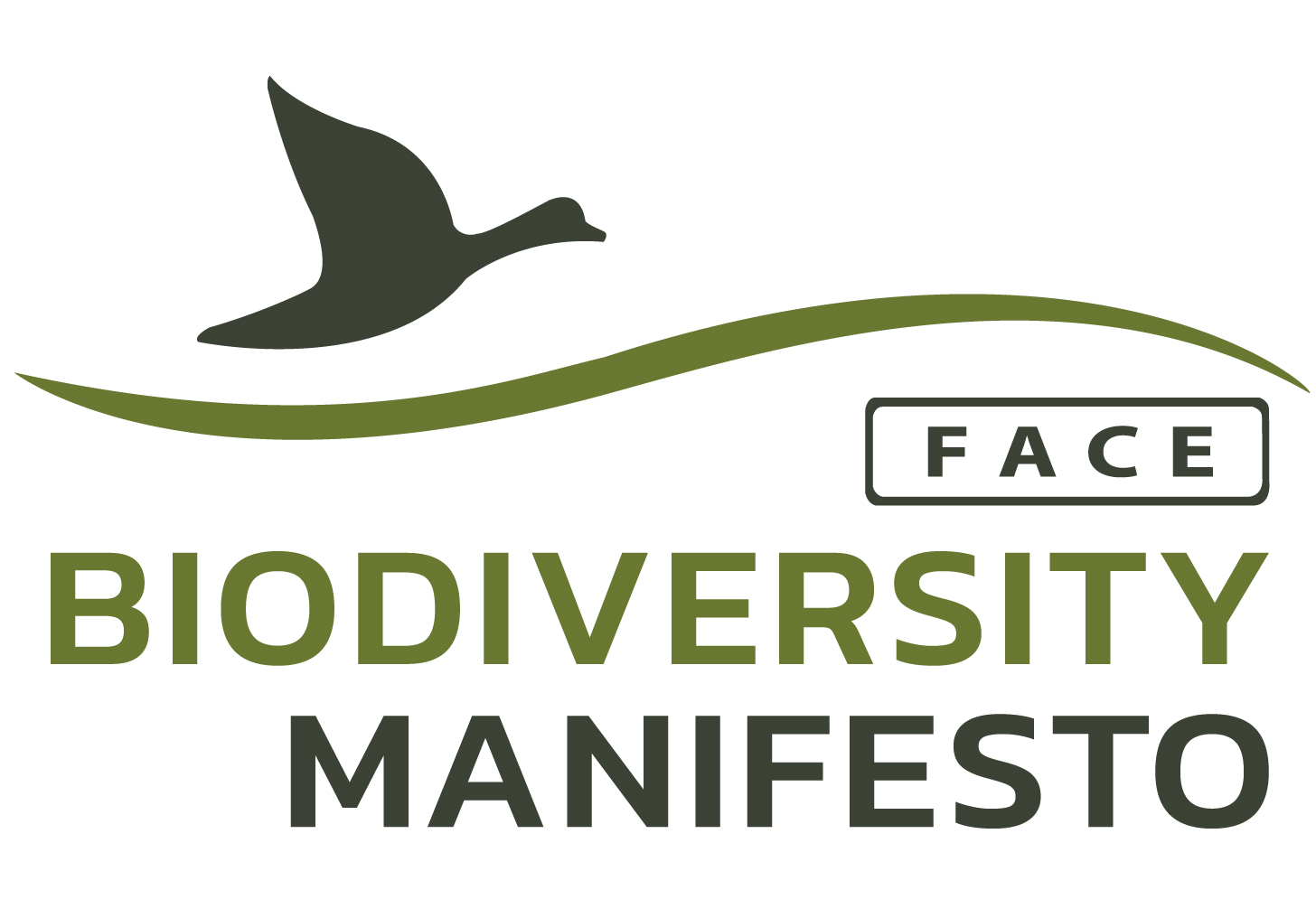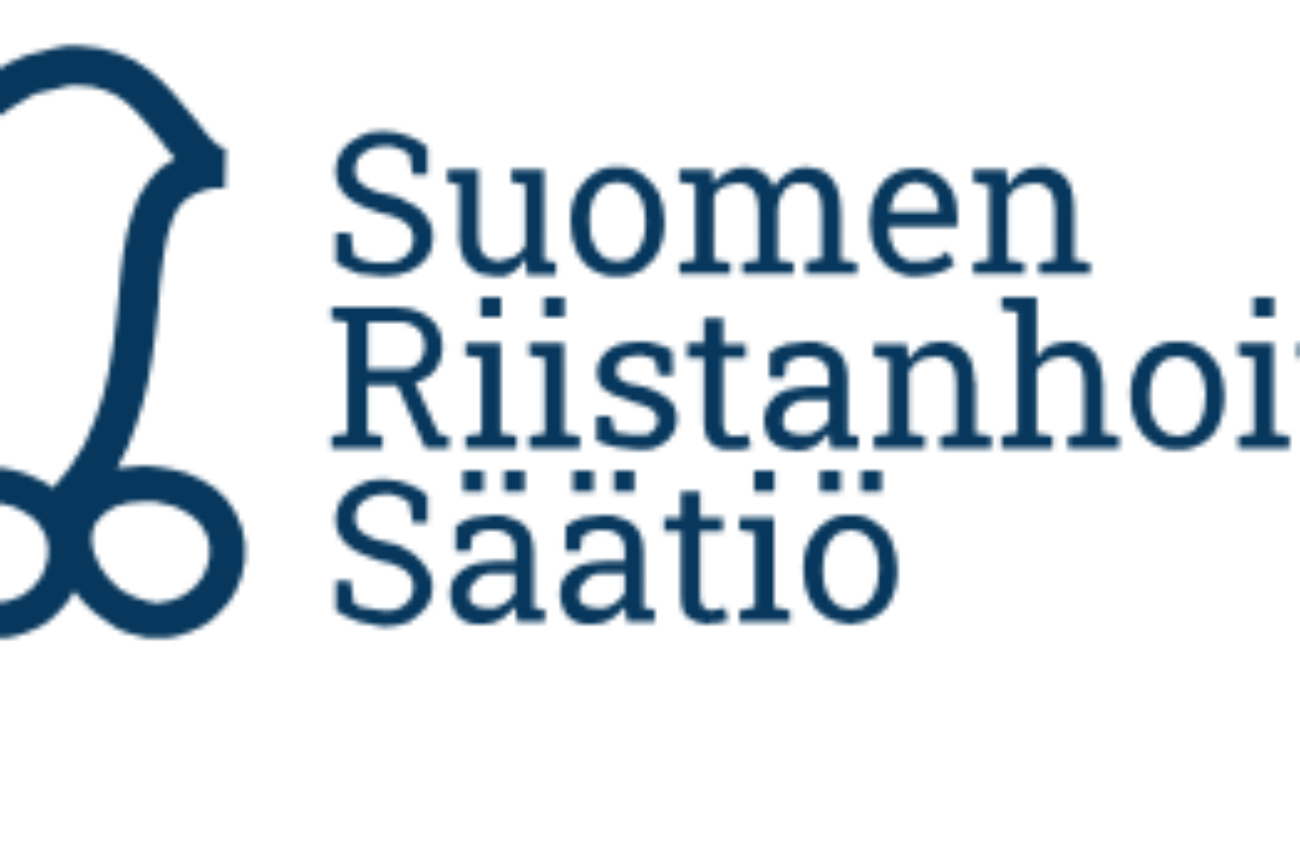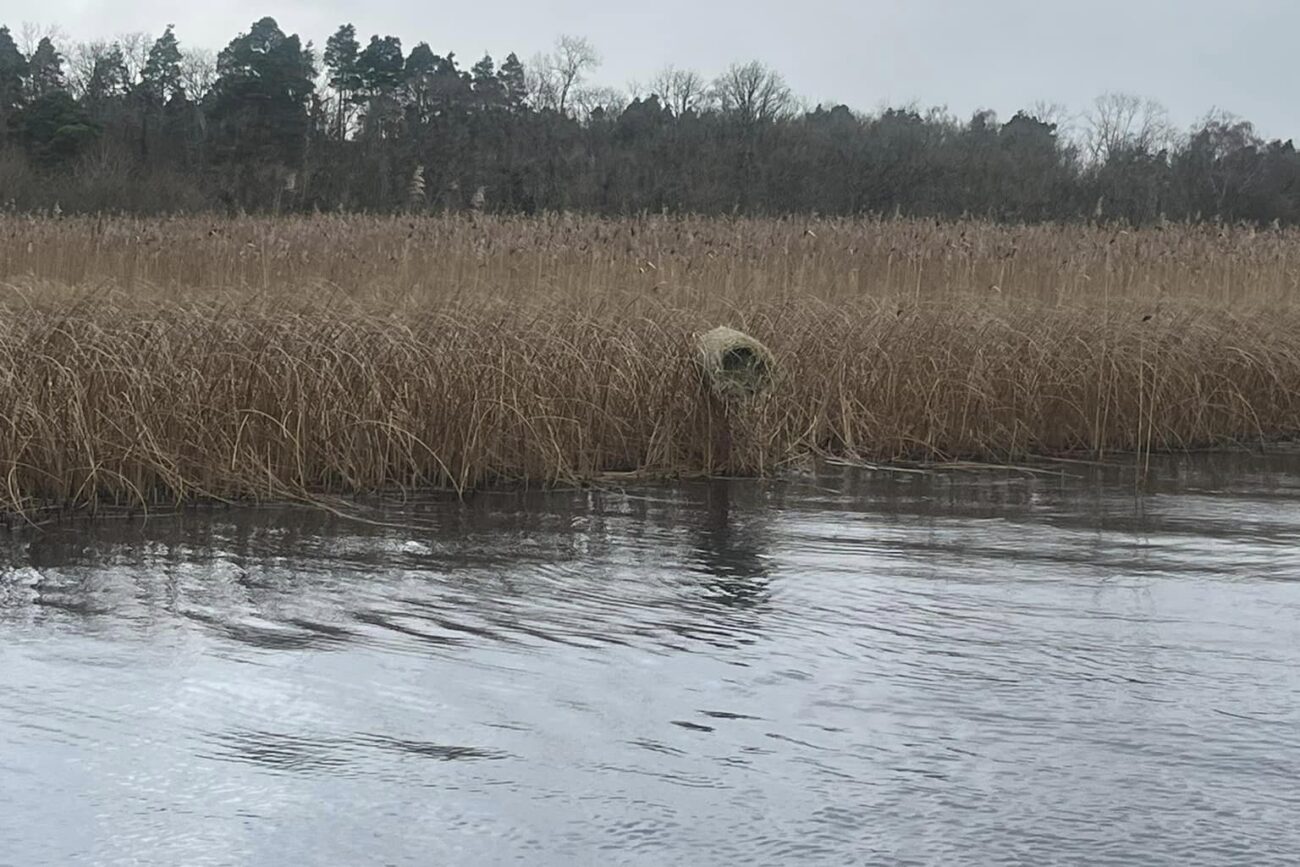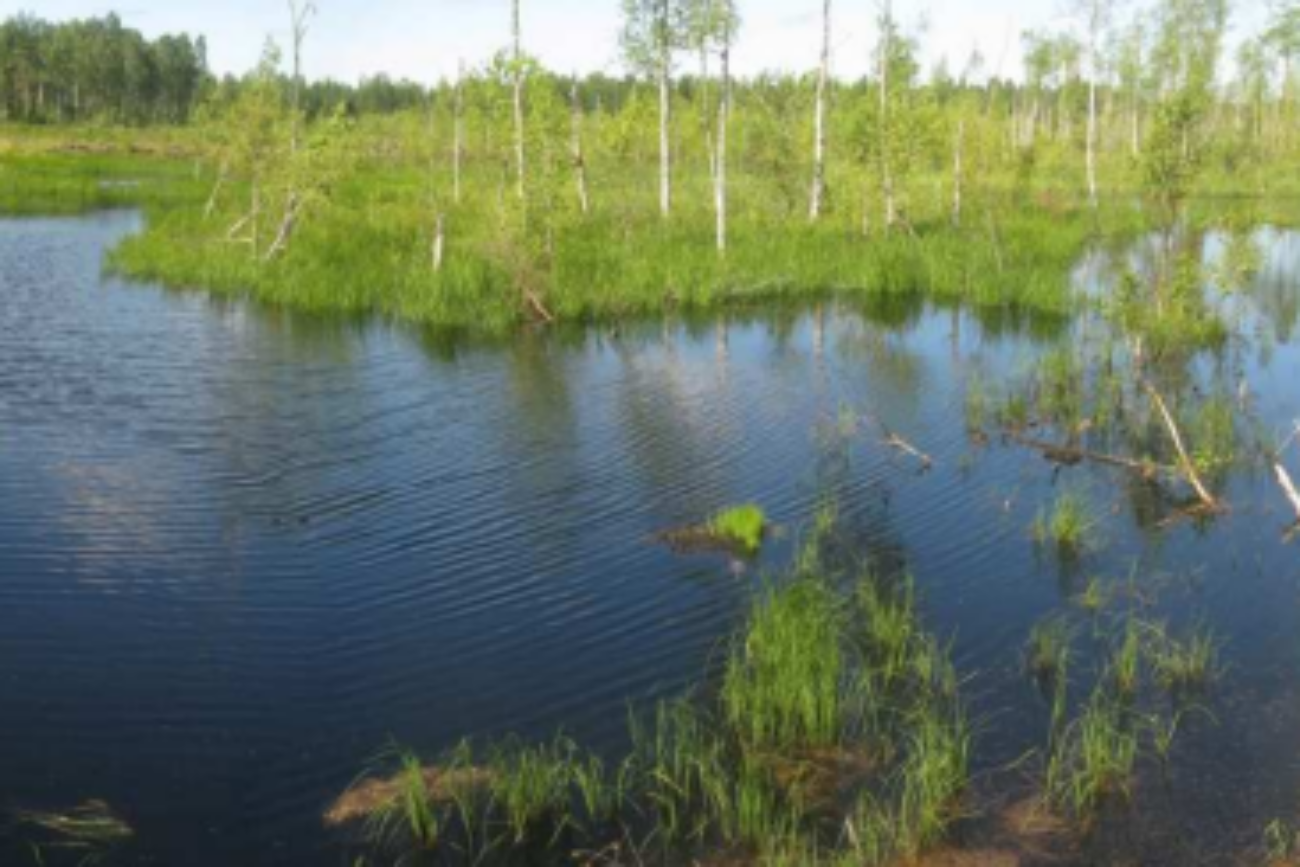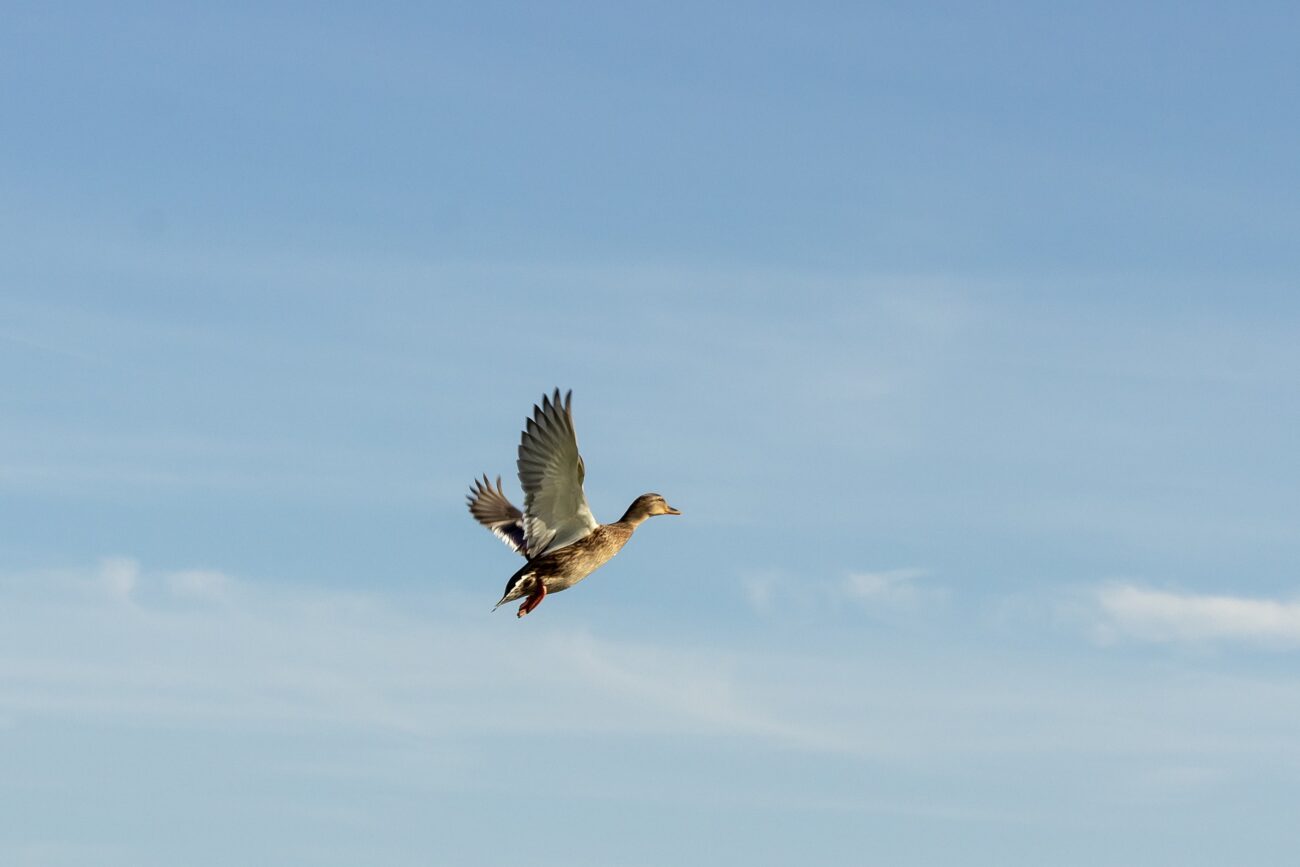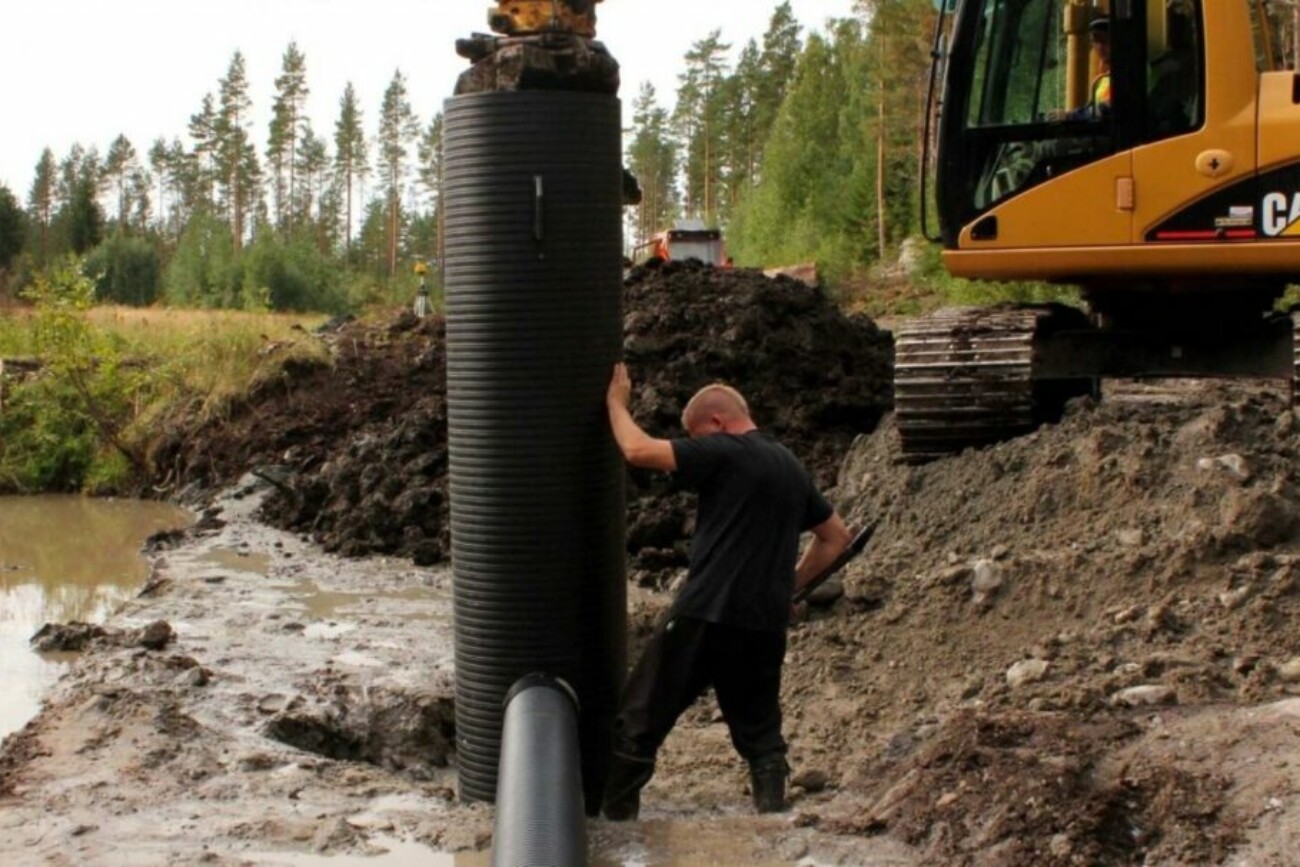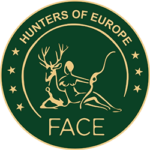”Waders take flight over a wetland, a scene that underscores the importance of creating thriving habitats for waterfowl”, says Antti Saarenmaa, a representative of the Game Management Foundation.
Are you a hunter or an outdoor enthusiast? Have you received your Duck Bonus yet?
If you’re interested in combating biodiversity loss and supporting waterfowl habitats, the Finnish Game Management Foundation’s digital discount card could be your next step.
The Foundation is dedicated to preventing biodiversity loss because passive conservation alone isn’t always enough when it comes to restoring animal habitats.
“Our work supports habitat restoration, game management projects, and game research,” says Antti Saarenmaa, who serves as both a representative and project manager at the Foundation.
The Duck Bonus is one of the Foundation’s latest initiatives to support conservation efforts for game species.
“The purchase price of the Duck Bonus goes directly to restoration projects. In return, cardholders receive tangible benefits from our partners, which include about ten prominent domestic retailers of outdoor and hunting gear, clothing manufacturers, and companies offering adventure services,” Saarenmaa explains.
You can find more information about the Duck Bonus on the Game Management Foundation’s website: “Get a Duck Bonus.”
The Foundation was originally established to advance Finnish game management and research. The Duck Bonus is one of the latest ways to support this important work.
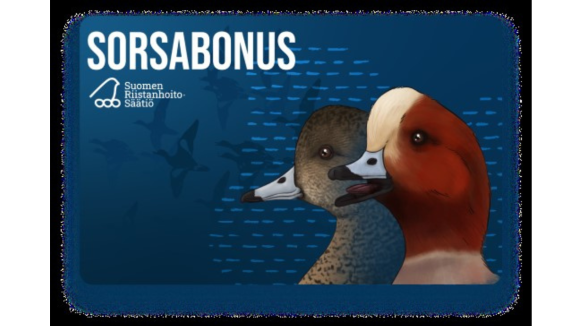
About the Game Management Foundation
Founded in 1942 by the Ministry of Agriculture and Forestry and the Finnish Hunters’ Association, the Finnish Game Management Foundation is relatively small and perhaps unknown to many hunters. However, it has ambitious goals to channel funds collected from private individuals and companies into concrete habitat restoration projects, game management efforts, and research.
“Finnish game research was originally established by hunters, for hunters. The connection between research and the hunting community is strong, although there is still too much of a gap that needs bridging. Strong connections benefit both parties even today,” Saarenmaa emphasizes.
“We also publish the annual *Suomen Riista* game science journal in collaboration with game researchers, and we award grants to young game researchers. We actively raise funds for restoring game habitats and financing individual research projects,” he explains. According to Saarenmaa, the Foundation’s fundraising efforts began almost from scratch.
“We’ve made significant progress, but there’s still a lot to do to make our voice heard and bring the Foundation into the spotlight. However, we’ve launched many projects that we hope will attract more interest and support for our work,” he says optimistically.
EU Policy Relevance: Wetlands in the Biodiversity Strategy
The work of Riistanhoito-Säätiö aligns closely with the European Union’s Biodiversity Strategy for 2030, which seeks to restore ecosystems across the continent. Wetlands are a critical focus of this strategy due to their role in supporting biodiversity, mitigating climate change, and providing essential ecosystem services. The foundation’s projects contribute directly to the EU’s goals by enhancing wetland habitats that are part of the Natura 2000 network, a cornerstone of EU conservation policy.
The Natura 2000 network is the largest coordinated network of protected areas in the world, aimed at ensuring the long-term survival of Europe’s most valuable and threatened species and habitats. By restoring wetlands, the foundation helps maintain the ecological integrity of these areas, ensuring that they continue to provide refuge for a diverse array of species.
Moreover, the foundation’s initiatives also support the EU Water Framework Directive, which aims to achieve good status for all European waters. Restoring wetlands plays a crucial role in improving water quality, as these ecosystems act as natural filters, trapping pollutants and sediments. This not only benefits wildlife but also enhances the quality of water for human use.
Wetlands as Restoration Targets
Recently, the Foundation received significant recognition for its work: a €46,500 grant from the British Association of Shooting and Conservation (BASC) to support wetland restoration projects in Finland. With this funding, three wetlands designed by the SOTKA project will be restored. The landowners of these areas have committed to conducting waterfowl counts and predator control in these areas for years after the wetland restoration is completed.
“With BASC’s funding, we’ll be able to add about 25–30 hectares of diverse wetland habitat, which, when managed using a seasonal wetland model, will serve as excellent brood-rearing habitats for waterfowl. This model involves periodically lowering the water level, exposing parts of the wetland bottom. Vegetation that provides food for invertebrates grows on these exposed areas before the next spring’s floods. The BASC-funded wetlands are expected to be completed by the end of 2025,” Saarenmaa explains.
“Additionally, we have just submitted an application to the Northern Ostrobothnia ELY Centre. If approved, it will allow us to begin restoring former peat production areas in Northern Ostrobothnia and Kainuu. There’s plenty of work to be done, and every Duck Bonus card sold helps us cover our share of the funding for this project,” he emphasizes.
More Benefits
Restoring and rehabilitating wetlands not only provides nesting and brood-rearing habitats for many game species but also creates stopover areas for birds during migration. The Game Management Foundation’s role is to facilitate and fund these activities with the resources it collects.
“The more habitats we restore and rehabilitate, the more effective our efforts become. By restoring areas that were previously used for peat production back into bog habitats and wetlands, we can create vast areas of excellent habitat for our declining bird species. In addition to waterfowl, species like the ptarmigan would also benefit from the restoration of bog habitats,” Saarenmaa believes.
“This work leads to concrete improvements, helping to recreate vital habitats. It would be wonderful to witness a day when many of today’s declining waterfowl species are on the rise again, nearing the levels we saw in the early years of nearly 40 years of population monitoring,” he reflects.
Saarenmaa also notes that Finland is an important breeding area for many species. “A significant portion of Europe’s northern pintails and many wader species breed in the northern parts of our country. The loss of habitats here has a ripple effect on the entire European waterfowl population,” he explains.
Information: How the Foundation Works:
- Distributes grants, project funding, and scholarships to advance game management research, development, and monitoring.
- Engages in publishing activities related to game research and management.
- Supports educational activities that promote game management.
- Distributes aid, awards, and project funding to promote game management and habitat management by landowners and hunting clubs.
- Provides grants, aid, awards, and project funding to manage conflicts related to game species and to enhance the well-being generated by game management.
- Acts in other comparable ways to advance game research and management in Finland.
For More Information:
Original text by Tiina Saario-Kuikko | Photos by Antti Saarenmaa | June 28, 2024
